Padua Botanical GardenThe Botanical Garden of the University of Padua is a Unesco World Heritage. It was established in 1545 on the property of the Benedictine monks of St. Justina and it is the oldest existing university botanical garden in the world. The Senate of the Venetian Republic approved its foundation for the cultivation of medicinal plants, which later constituted the largest portion of the so-called “simple” herbs, i.e. medicines that came directly from nature. This is why early botanical gardens were called Horti simplicium (“Gardens of Simples”). Despite severe punishments (fines, imprisonment, exile), the Garden was often targeted by thieves, who stole many rare plants, due to the large profits that could be obtained from them. A circular enclosing wall was soon built (hence the names Hortus sphaericus, Hortus cinctus, and Hortus conclusus). The Garden was constantly enriched with plants from all over the world, particularly from countries where the Venetian Republic had possessions, or with which it traded. This is why Padua played such an essential role in the introduction and study of several exotic species. The new part of the Botanical Garden is the Biodiversity Garden where about 1,300 plants live in environments sharing the same humidity and temperature characteristics, simulating the climatic conditions of the planet’s biomes, from tropical to sub-humid, temperate and arid zones. While the original “Gardens of Simples” has a circular structure and plants are organized following “functional” meanings, that is for example, a section of poisonous plants, a section of aromatic plants, a section of plants to cure liver disease, etc…., the new Biodiversity Garden is a very modern greenhouse in white metal and glass where plants are sorted by “ecological” meanings. Published on Radar Magazine September 2021. |
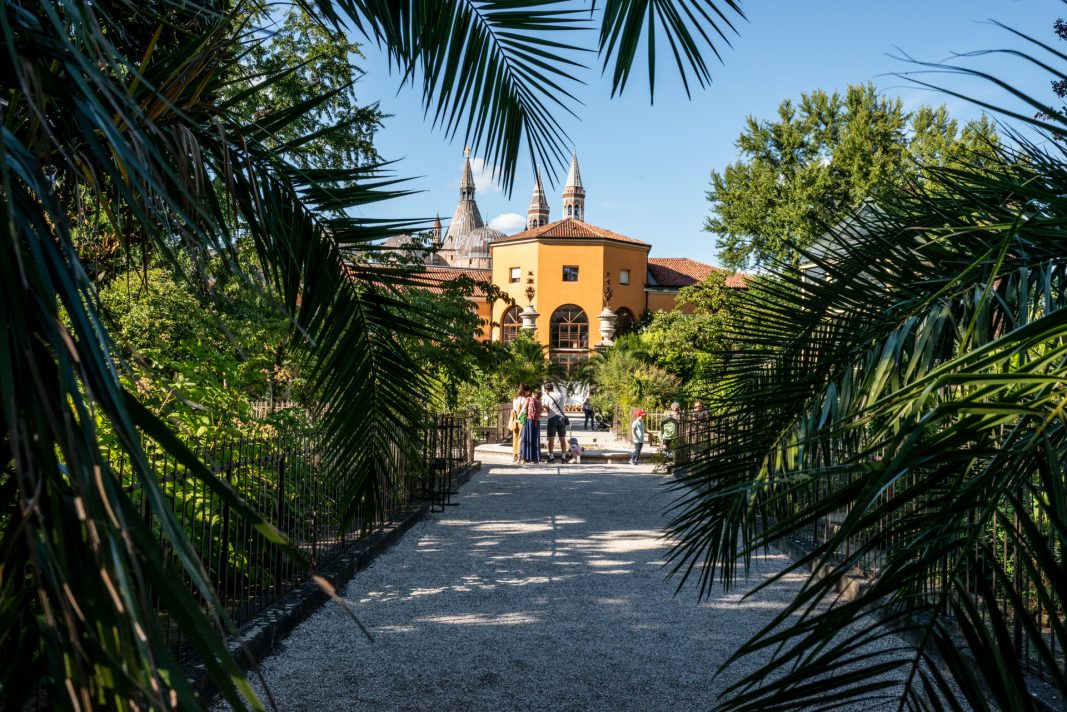
|
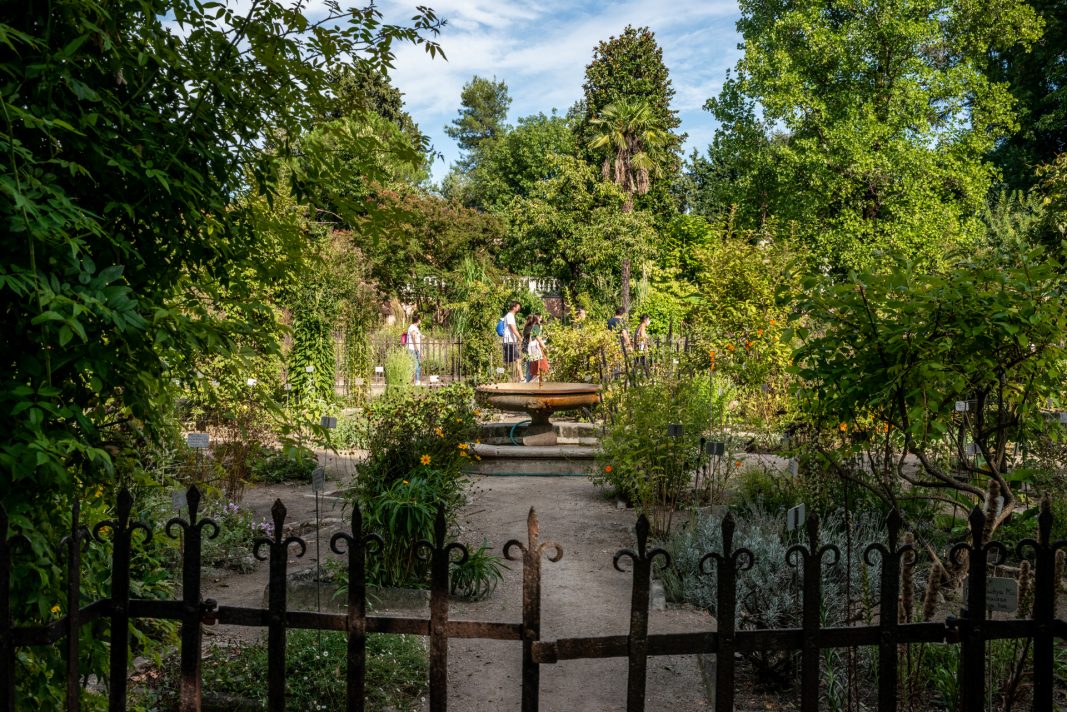
|
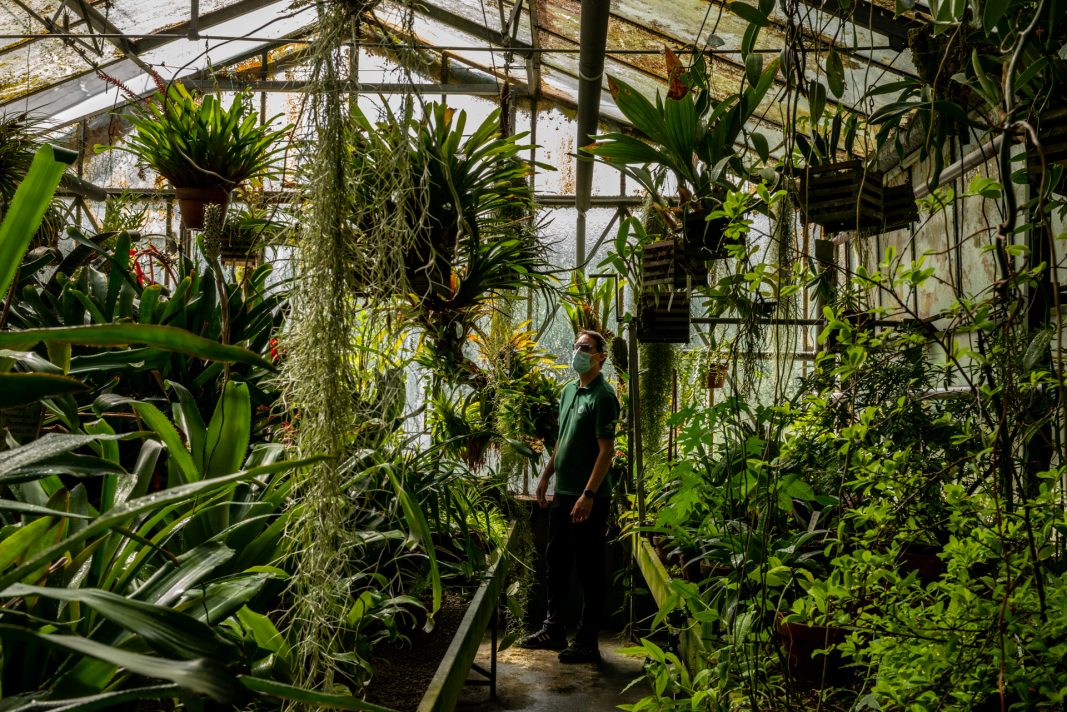
|
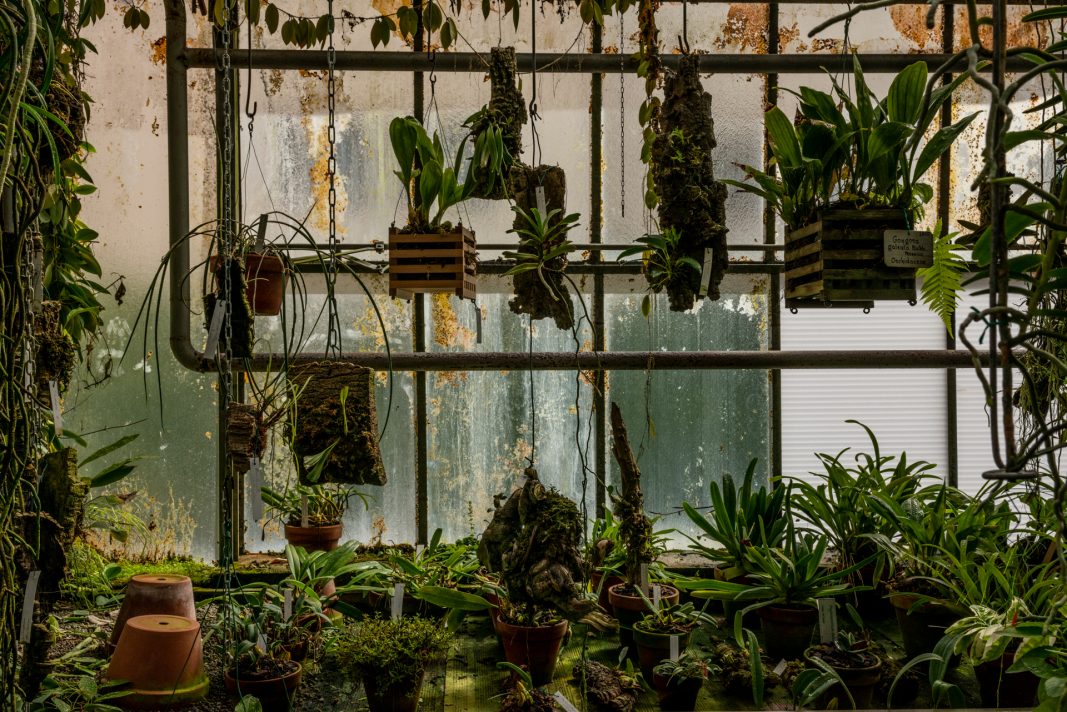
|
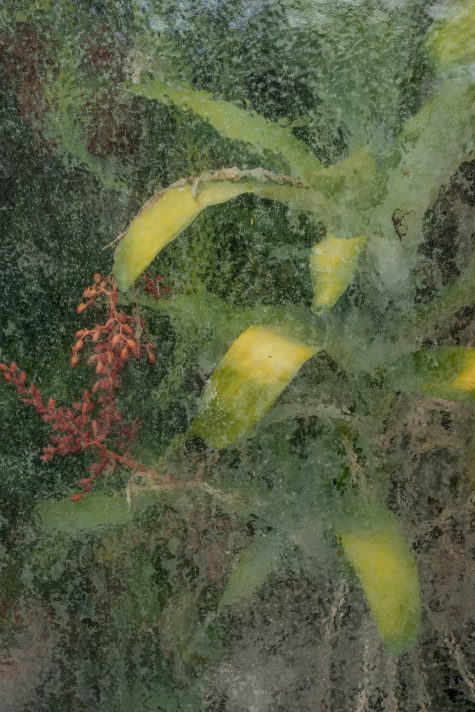
|
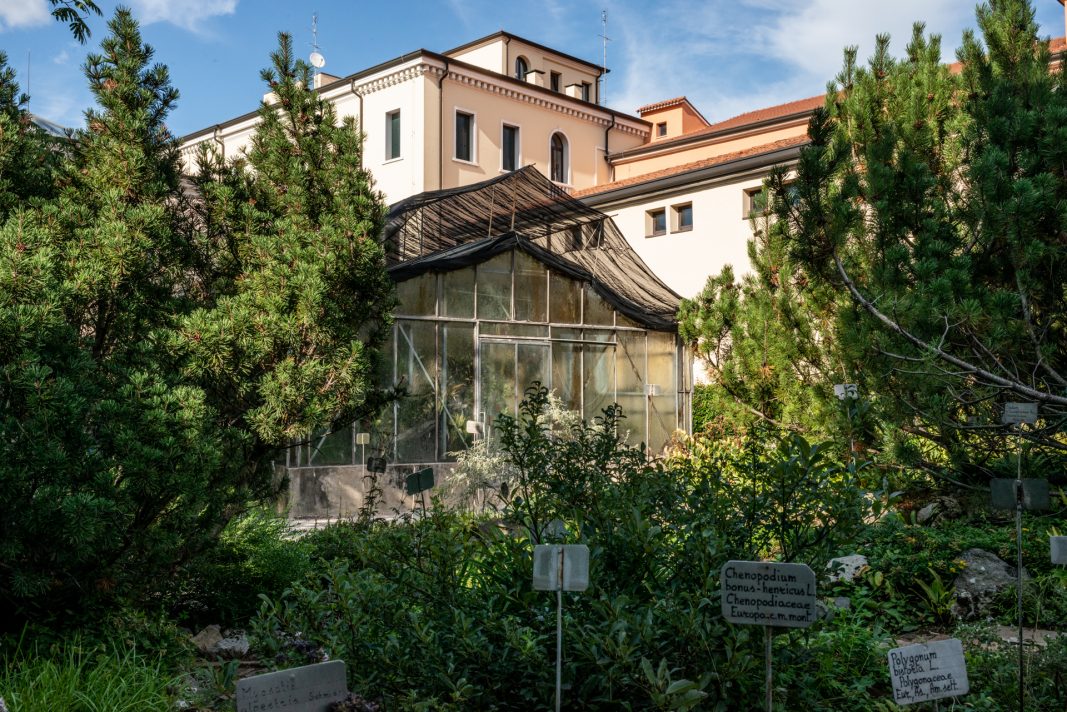
|
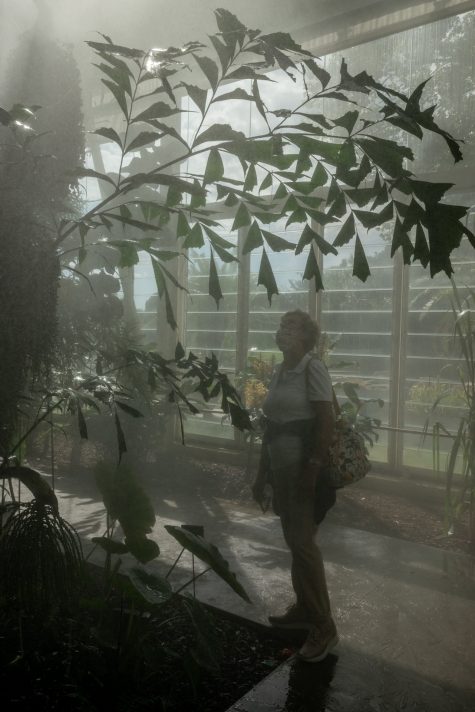
|
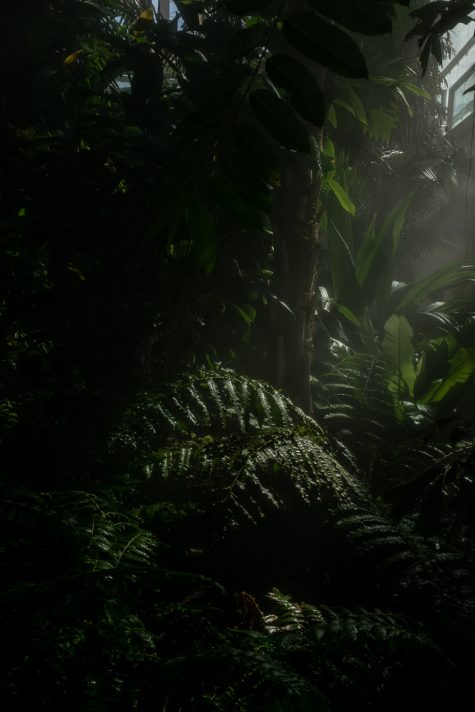
|
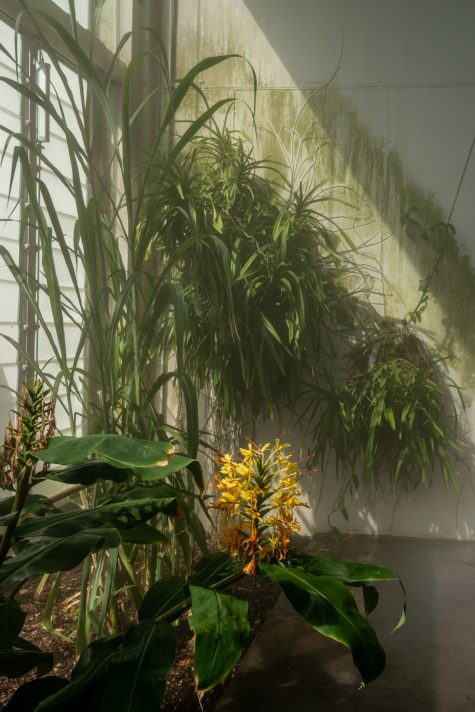
|
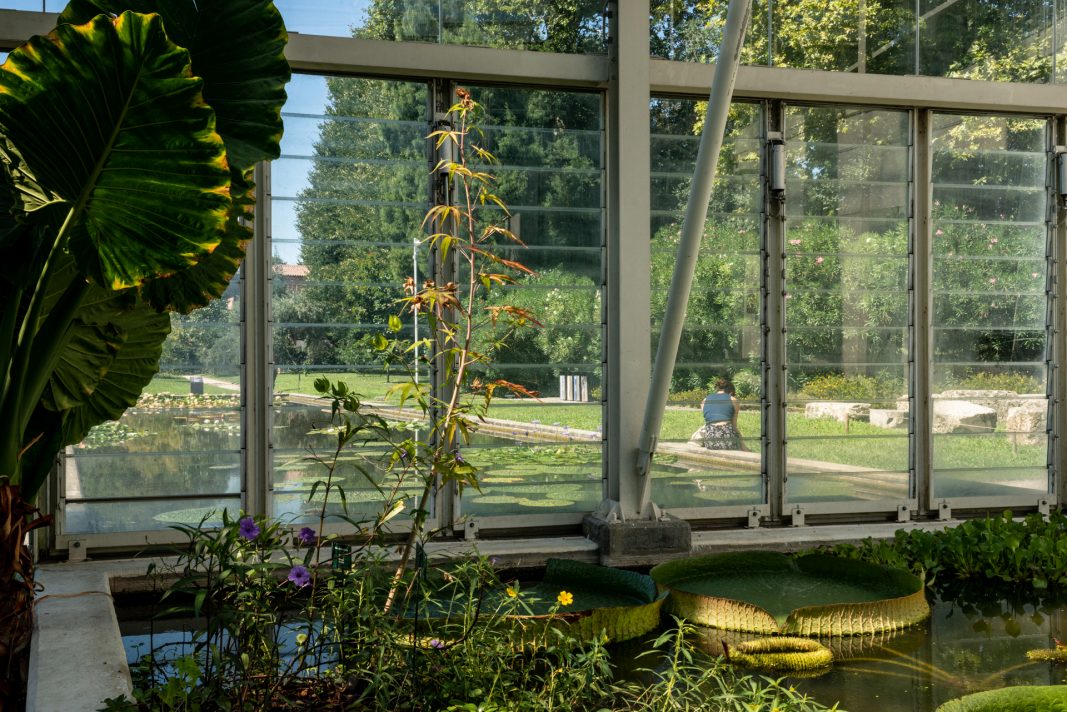
|
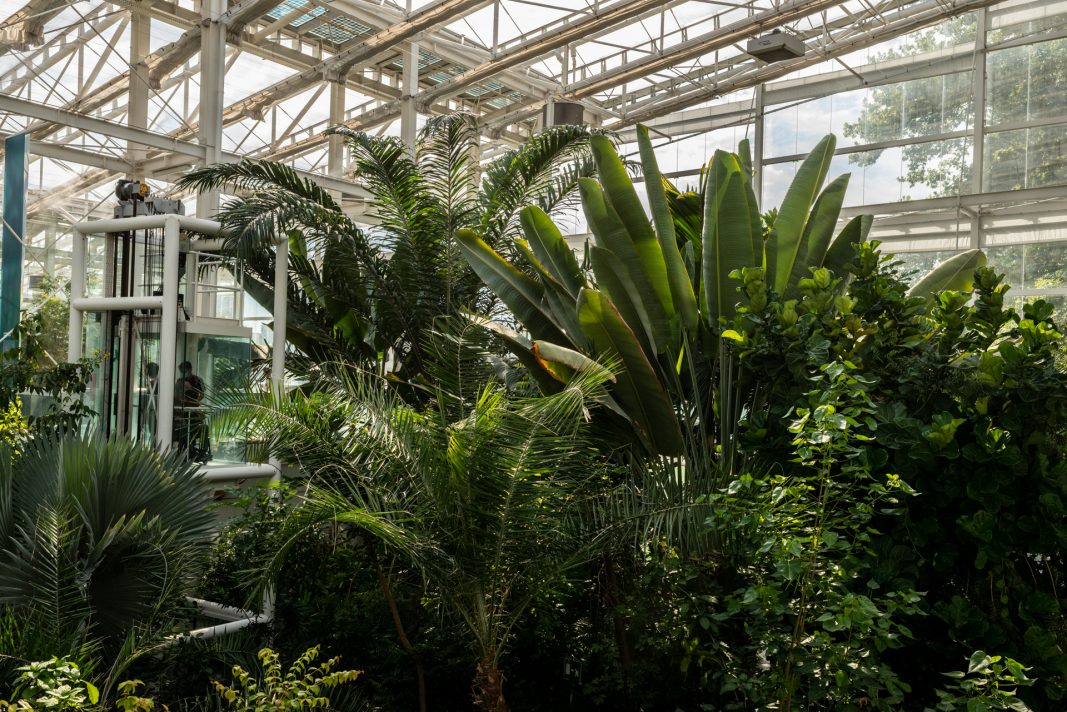
|
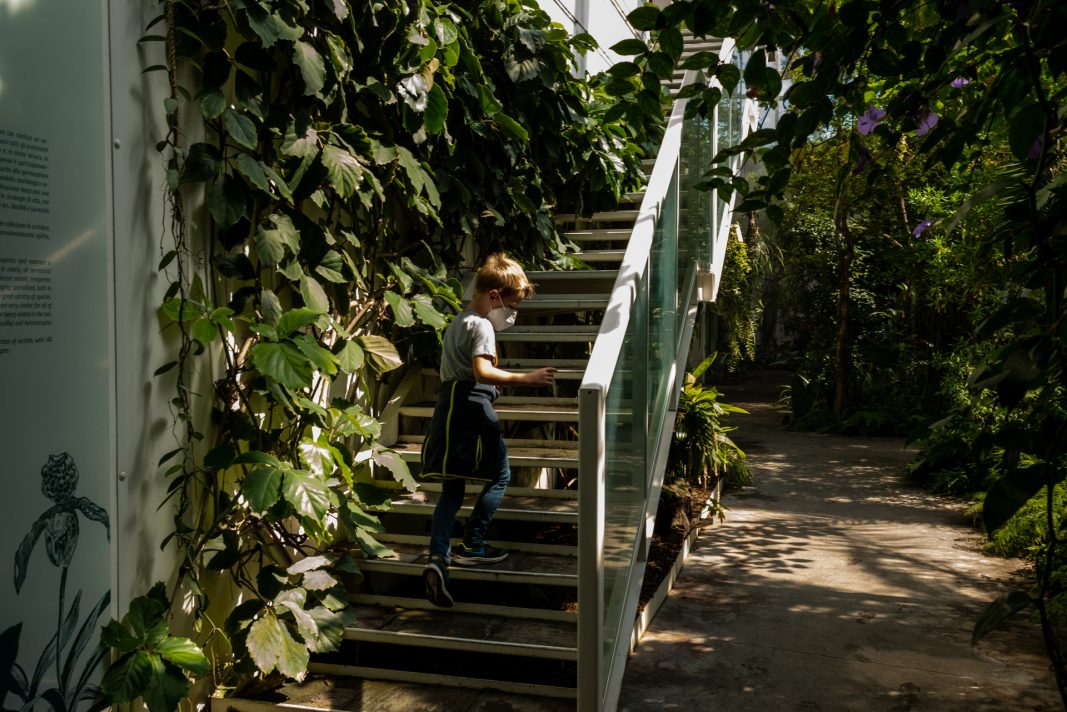
|
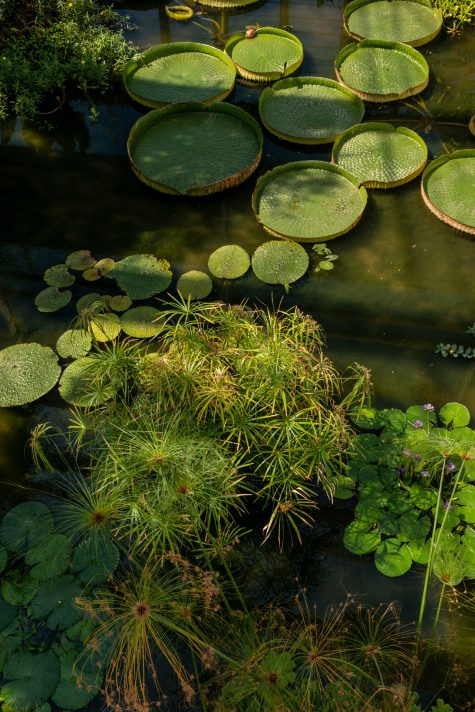
|
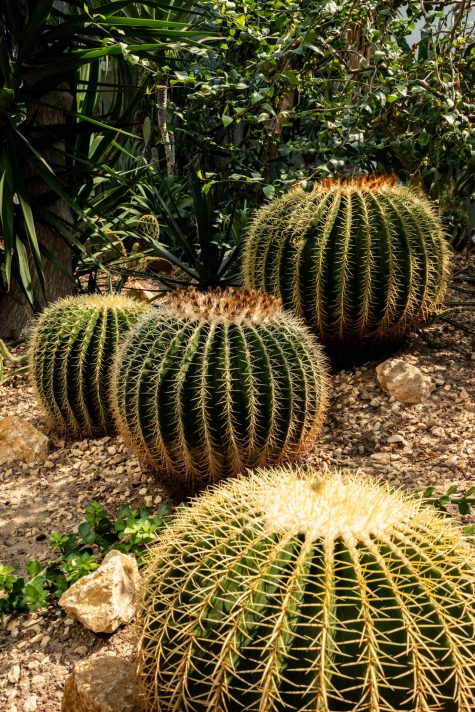
|
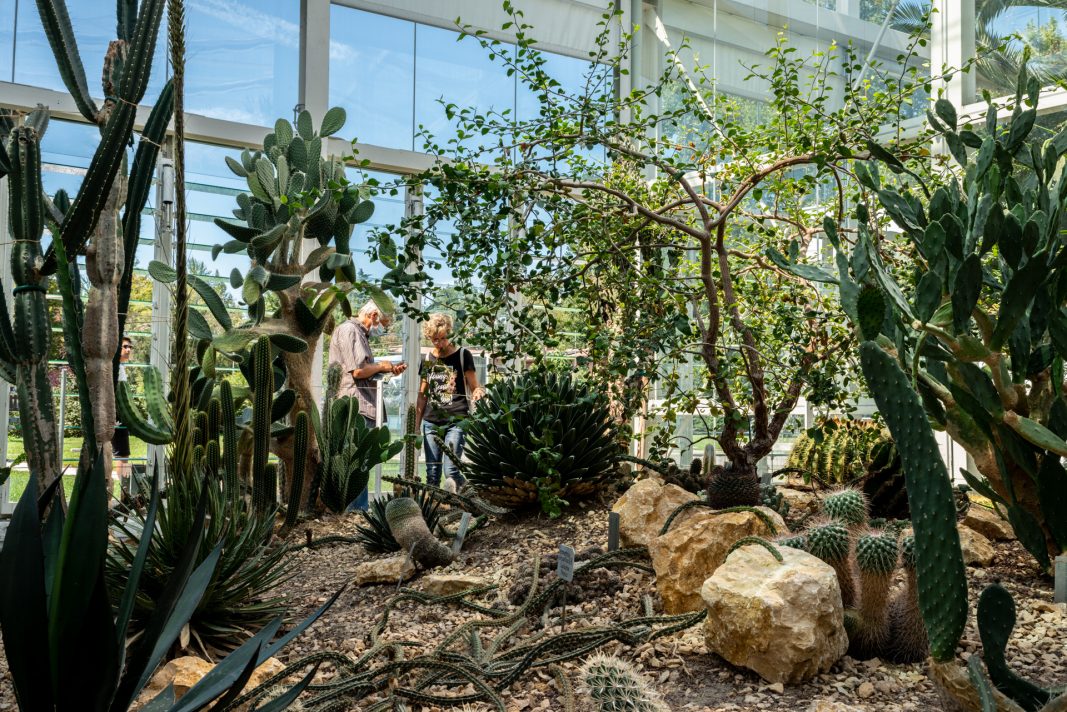
|
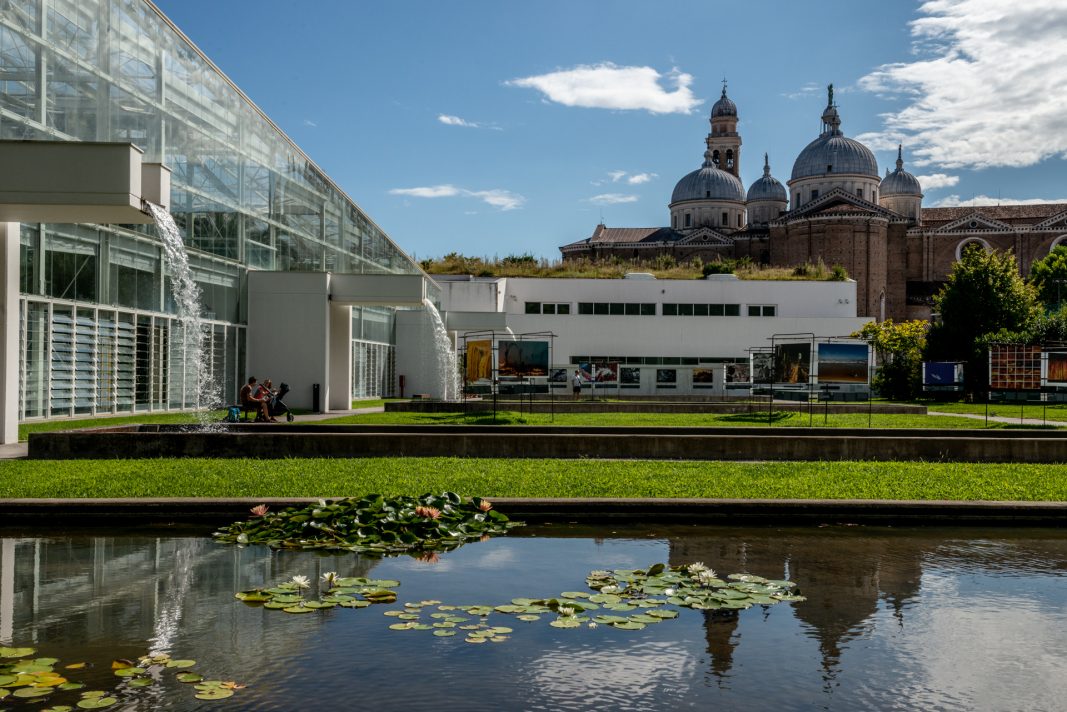
|
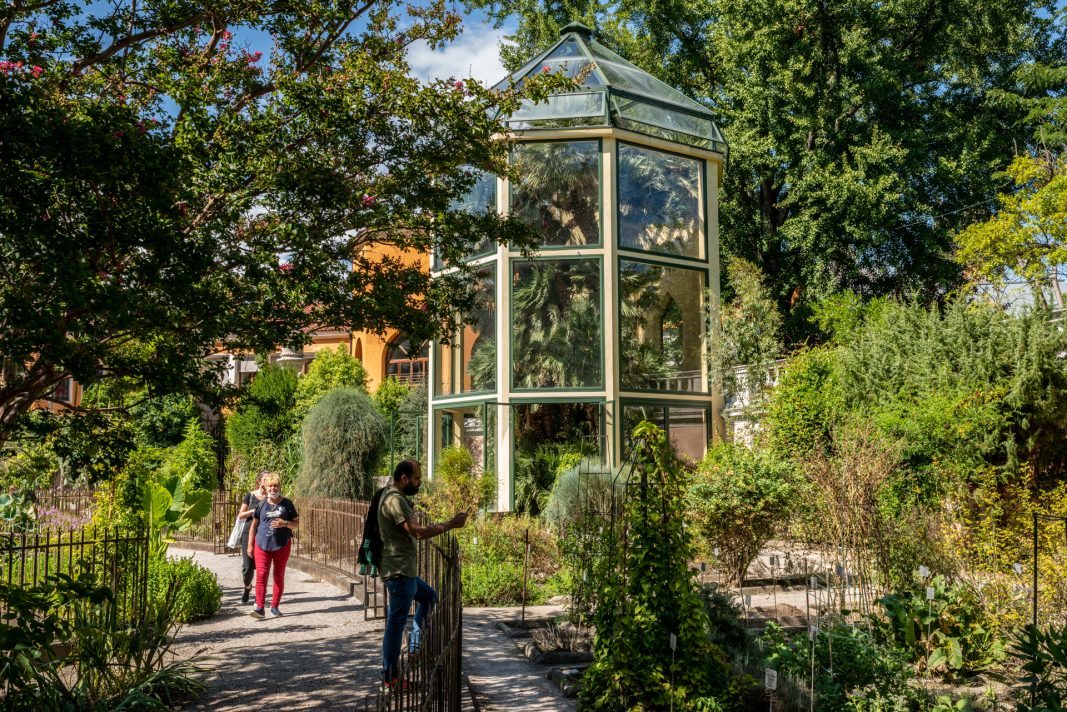
|
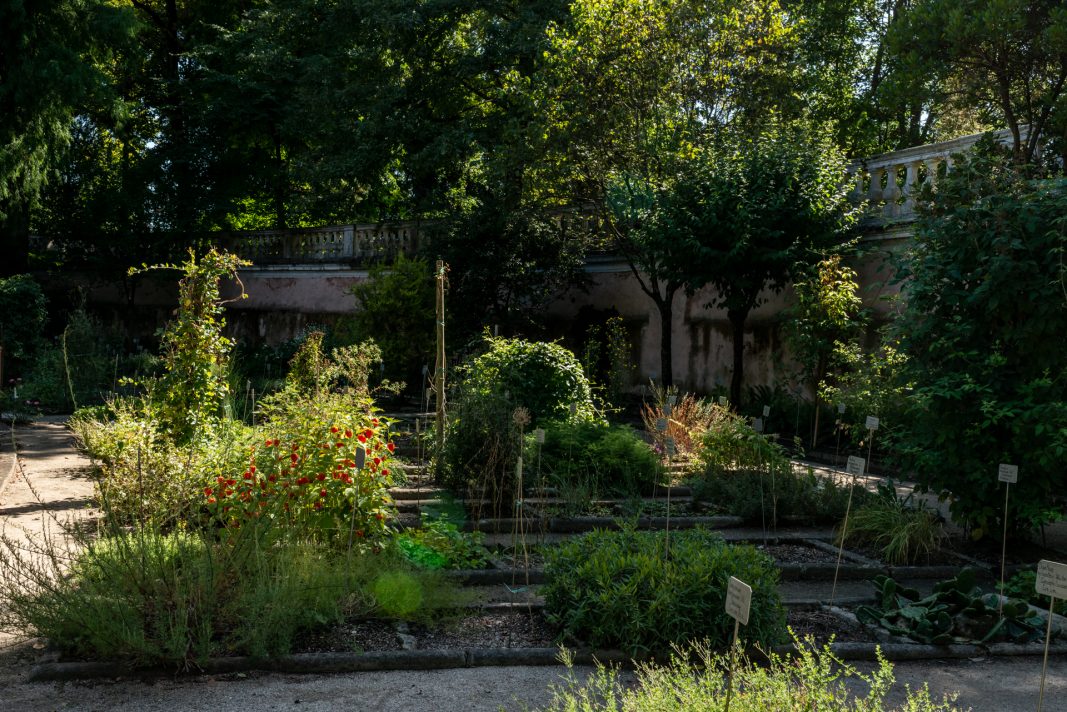
|